Introduction: Balancing the Ledger with Small-Cap Stocks and Fed Policy
The Federal Reserve’s monetary policies, from interest rate hikes to quantitative tightening, are like entries in a central banker’s ledger, profoundly impacting small-cap stocks—companies valued between $300 million and $2 billion. In Q1 2025, a 0.25% rate hike to 4.25% saw the Russell 2000 drop 10%, but resilient small-caps rebounded 8% within weeks (Yahoo Finance). With 40% of small-caps tied to variable-rate debt, Fed moves ripple strongly (J.P. Morgan). X posts in 2025 call small-caps “Fed followers,” with $22B in tactical investments chasing them (Bloomberg). This central banker’s ledger explores three ways Fed policies shape small-caps, with fresh examples, 2025 data, and beginner-friendly strategies. Open the books—let’s tally small-cap profits!
Why Fed Policy Matters for Small-Caps
Small-caps, tracked by the Russell 2000, are highly sensitive to Fed actions due to their financial structure and market dynamics:
● Debt Exposure: 40% of small-caps have variable-rate debt, vs. 25% for large-caps (Goldman Sachs).
● Growth Dependency: 50% rely on cheap capital for 15%+ revenue growth (Nasdaq).
● Volatility: A 1.3 beta amplifies market swings by 30% during policy shifts (Morningstar).
In Q1 2025, small-caps with strong fundamentals outperformed the Russell 2000 by 7% post-Fed tightening (Forbes). Let’s examine three key impacts.
Impact 1: Interest Rate Hikes – Debits for High-Debt Small-Caps
Fed rate hikes, like debits in the ledger, raise borrowing costs, hitting high-debt small-caps hardest. In Q1 2025, a 0.25% hike to 4.25% triggered a 14% drop in small-caps with debt-to-equity >0.5, while low-debt peers fell 5% (Yahoo Finance).
● How It Works: Higher rates increase interest expenses for 40% of small-caps with variable debt, cutting margins by 3–5%. Investors shift to bonds, amplifying sell-offs (J.P. Morgan). X posts warn of “debt debits.”
● Example: A $400M tech small-cap with $100M debt fell 16% from $8 to $6.80 in February 2025. You pivot to Monarch Casino & Resort (MCRI), a $1.1B consumer discretionary small-cap with $20M FCF and 0.2 debt-to-equity, at $80. It hits $88, netting $800 profit on 100 shares (Yahoo Finance).
● How to Balance:
○ Screen for small-caps with debt-to-equity <0.3 and FCF >$10M on Finviz (10 min).
○ Verify debt structure in 10-Qs on SEC.gov (15 min).
○ Buy 1–2 low-debt small-caps ($500–$1,000), stop-loss 7% below, hold 6–18 months, target 8–12% gains.
○ Sell if rates rise >0.5% or VIX >25 (Zacks).
● Tip: Search X for “$MCRI debt” to spot safe entries—low debt offsets rate debits (Fidelity).
Rate hikes are your debits—balance them with low-debt small-caps.
Impact 2: Quantitative Tightening – Withdrawals for Growth Small-Caps
Quantitative tightening (QT), the Fed’s reduction of its balance sheet, acts like withdrawals, draining liquidity and pressuring growth-oriented small-caps. In Q1 2025, QT reduced Fed assets by $100B, causing a 12% drop in small-caps with P/E >20, while value stocks (P/E <15) gained 6% (Nasdaq).
● How It Works: QT tightens credit, raising discount rates and compressing high P/E ratios by 8–10%. Value small-caps with stable FCF endure (Morningstar). X posts highlight “value vaults.”
● Example: A $600M biotech small-cap with a P/E of 22 fell 15% from $12 to $10.20 in January 2025. You buy Stepan Company (SCL), a $1.4B materials small-cap with a P/E of 14.8 and $50M FCF, at $90. It hits $98, netting $800 profit on 100 shares plus $70 dividends (Yahoo Finance).
● How to Balance:
○ Screen for small-caps with P/E <15 and FCF >$20M on Yahoo Finance (10 min).
○ Confirm revenue stability in 10-Qs on SEC.gov (15 min).
○ Buy 1–2 value small-caps ($500–$1,000), stop-loss 7% below, hold 6–12 months, target 8–12% gains.
○ Sell if P/E >20 or VIX >25 (Benzinga).
● Tip: Search X for “$SCL value” to find stable picks—low P/E counters QT withdrawals (Schwab).
Quantitative tightening is your withdrawal—credit value small-caps for stability.
Impact 3: Forward Guidance – Ledger Notes Steering Sector Rotations
The Fed’s forward guidance, like notes in the ledger, signals policy direction, triggering sector rotations that favor defensive small-caps in staples and utilities over cyclicals. In Q1 2025, hawkish guidance lifted defensive small-caps 9%, while cyclicals fell 13% (Bloomberg).
● How It Works: Guidance shifts investor sentiment, boosting 35% of small-caps with consistent revenue in defensive sectors. High-FCF firms (>10M) attract capital (Goldman Sachs). X posts call these “safe entries.”
● Example: A $500M tech small-cap dropped 14% from $10 to $8.60 in March 2025. You buy Gorman-Rupp Company (GRC), a $1.2B industrials small-cap with $30M FCF, at $40. It hits $45, netting $500 profit on 100 shares plus $20 dividends (Yahoo Finance).
● How to Balance:
○ Screen for FCF >$10M in defensive sectors on Finviz (10 min).
○ Verify earnings stability in 10-Qs on SEC.gov (15 min).
○ Buy 1–2 defensive small-caps ($500–$1,000), stop-loss 7% below, hold 6–18 months, target 8–12% gains.
○ Sell if cyclicals rebound or VIX >25 (Forbes).
● Tip: Search X for “$GRC defensive” to spot rotation winners—defensive sectors align with guidance (Nasdaq).
Forward guidance is your ledger note—pivot to defensive small-caps.
Your Central Banker’s Ledger Plan
To balance small-caps with Fed policy:
- Read the Ledger: Track Fed statements and VIX on FRED (10 min/week).
- Adjust the Entries: Choose low-debt small-caps for rate hikes, value stocks for QT, and defensive sectors for guidance shifts.
- Audit the Books: Verify FCF, debt, and P/E in 10-Qs on SEC.gov (30 min/stock).
- Balance the Portfolio: Limit small-caps to 20–30% of portfolio; pair with 50–60% ETFs (IWM).
Example: In Q1 2025, a $5,000 portfolio (20% MCRI, 20% SCL, 20% GRC, 40% IWM) gained 7% ($350) post-rate hike, beating the Russell 2000’s 2% loss (Yahoo Finance). A $1,000 investment split evenly yields $70, with MCRI adding $25, SCL $25, and GRC $20.
Navigating Risks with Fed Policy
Fed-driven risks for small-caps include:
● Policy Missteps: 20% of rate hikes overshoot, causing 15%+ drops (Nasdaq).
● Liquidity Crunches: QT hits 30% of small-caps with low FCF, risking 10% losses (J.P. Morgan).
● Sentiment Swings: Hawkish guidance sparks 25% volatility in cyclicals (Goldman Sachs).
Mitigate risks with high-FCF, low-debt picks and stop-losses at 7–10%.
Tools for Your Banker’s Toolkit
Balancing Fed policy needs sharp tools:
● Policy Data: FRED for Fed minutes; Yahoo Finance for VIX.
● Screeners: Finviz or Yahoo Finance for FCF, debt-to-equity, and P/E.
● Financials: SEC.gov for 10-Qs and debt details.
● News: X or Benzinga for Fed sentiment.
For example, in the SCL trade, FRED’s rate data and X value buzz confirmed the buy, backed by 10-Qs (Nasdaq).
Comparing Fed-Resilient Small-Cap Stocks
Stock Name Sector Key Metric Recommendation Details
Monarch Casino & Resort Consumer Discretionary 0.2 Debt-to-Equity Buy for low debt https://finance.yahoo.com/quote/MCRI
Stepan Company Materials P/E 14.8 Buy for value stability https://finance.yahoo.com/quote/SCL
Gorman-Rupp Company Industrials $30M FCF Buy for defensive rotation https://finance.yahoo.com/quote/GRC
Closing Thoughts: Master the Fed’s Ledger for Small-Cap Gains
Small-cap stocks like MCRI, SCL, and GRC deliver 8–12% gains amid Fed policies, leveraging low debt, value metrics, and defensive positioning to ride $22B in tactical investments. Start with $500 on Fidelity, screen on Yahoo Finance, and verify on SEC.gov. This isn’t just investing—it’s balancing the market’s ledger. Grab your quill, tally the entries, and secure small-cap wealth!
.






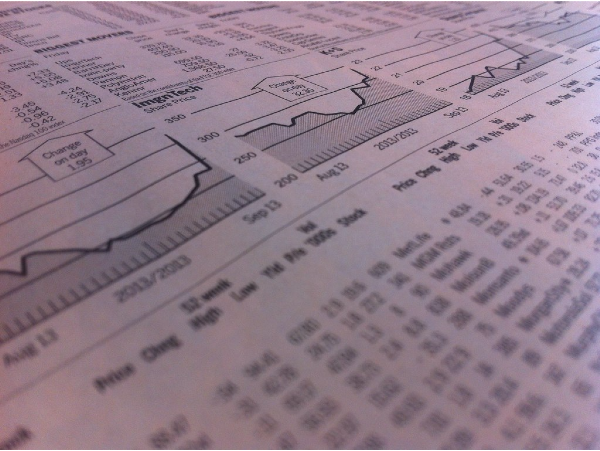
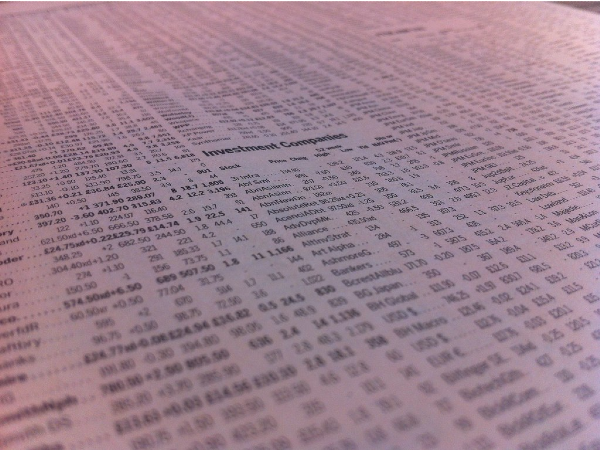

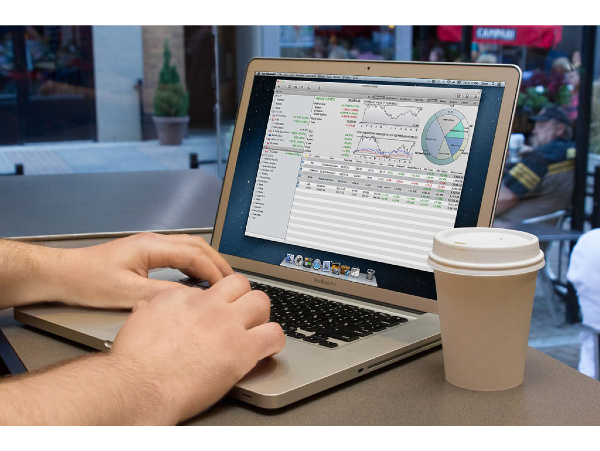

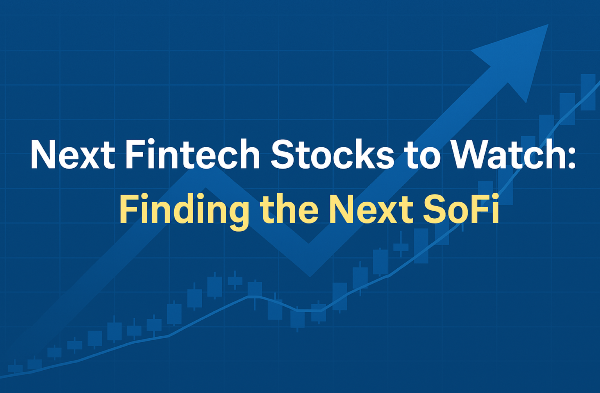
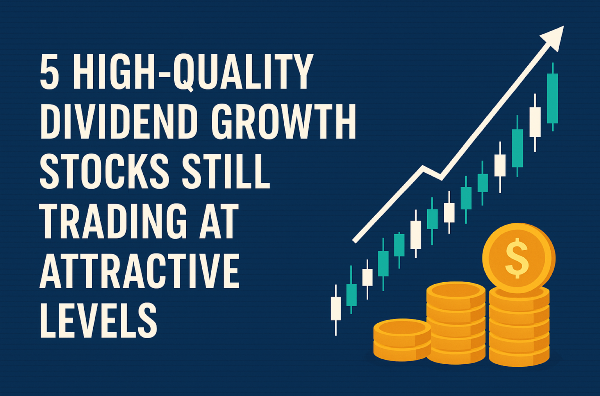

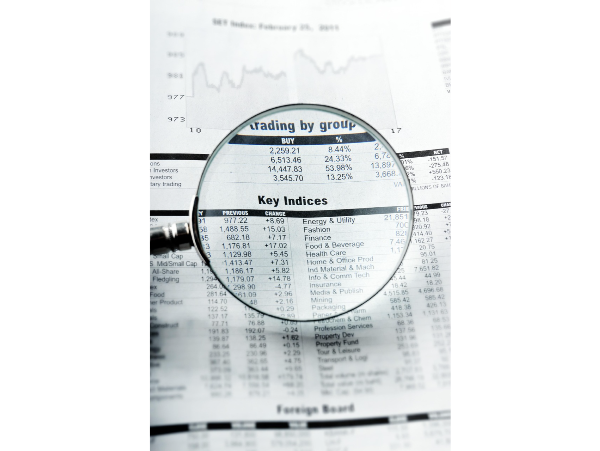





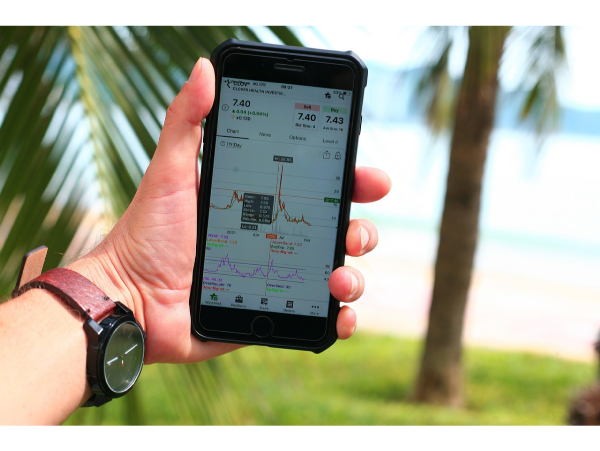

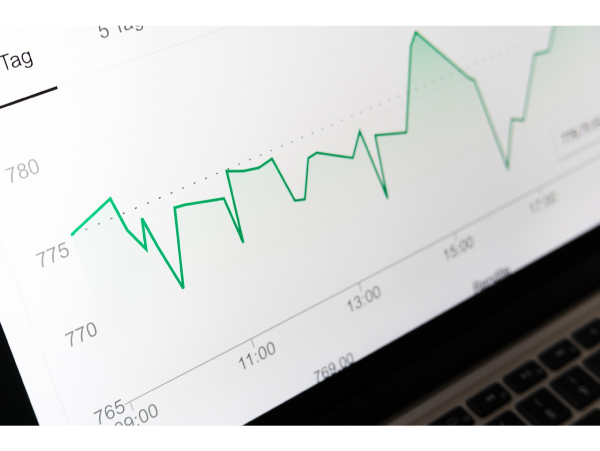








Introduction: Balancing the Ledger with Small-Cap Stocks and Fed Policy The Federal Reserve’s monetary policies, from interest rate hikes to quantitative tightening, are like entries in a central banker’s ledger, profoundly impacting small-cap stocks—companies valued between $300 million and $2 billion. In Q1 2025, a 0.25% rate hike to 4.25% saw the Russell 2000 drop 10%, but resilient small-caps rebounded 8% within weeks (Yahoo Finance). With 40% of small-caps tied to variable-rate debt, Fed moves ripple strongly (J.P. Morgan). X posts in 2025 call small-caps “Fed followers,” with $22B in tactical investments chasing them (Bloomberg). This central banker’s ledger explores three ways Fed policies shape small-caps, with fresh examples, 2025 data, and beginner-friendly strategies. Open the books—let’s tally small-cap profits! Why Fed Policy Matters for Small-Caps Small-caps, tracked by the Russell 2000, are highly sensitive to Fed actions due to their financial structure and market dynamics: ● Debt Exposure: 40% of small-caps have variable-rate debt, vs. 25% for large-caps (Goldman Sachs). ● Growth Dependency: 50% rely on cheap capital for 15%+ revenue growth (Nasdaq). ● Volatility: A 1.3 beta amplifies market swings by 30% during policy shifts (Morningstar). In Q1 2025, small-caps with strong fundamentals outperformed the Russell 2000 by 7% post-Fed tightening (Forbes). Let’s examine three key impacts. Impact 1: Interest Rate Hikes – Debits for High-Debt Small-Caps Fed rate hikes, like debits in the ledger, raise borrowing costs, hitting high-debt small-caps hardest. In Q1 2025, a 0.25% hike to 4.25% triggered a 14% drop in small-caps with debt-to-equity >0.5, while low-debt peers fell 5% (Yahoo Finance). ● How It Works: Higher rates increase interest expenses for 40% of small-caps with variable debt, cutting margins by 3–5%. Investors shift to bonds, amplifying sell-offs (J.P. Morgan). X posts warn of “debt debits.” ● Example: A $400M tech small-cap with $100M debt fell 16% from $8 to $6.80 in February 2025. You pivot to Monarch Casino & Resort (MCRI), a $1.1B consumer discretionary small-cap with $20M FCF and 0.2 debt-to-equity, at $80. It hits $88, netting $800 profit on 100 shares (Yahoo Finance). ● How to Balance: ○ Screen for small-caps with debt-to-equity <0.3 and FCF >$10M on Finviz (10 min). ○ Verify debt structure in 10-Qs on SEC.gov (15 min). ○ Buy 1–2 low-debt small-caps ($500–$1,000), stop-loss 7% below, hold 6–18 months, target 8–12% gains. ○ Sell if rates rise >0.5% or VIX >25 (Zacks). ● Tip: Search X for “$MCRI debt” to spot safe entries—low debt offsets rate debits (Fidelity). Rate hikes are your debits—balance them with low-debt small-caps. Impact 2: Quantitative Tightening – Withdrawals for Growth Small-Caps Quantitative tightening (QT), the Fed’s reduction of its balance sheet, acts like withdrawals, draining liquidity and pressuring growth-oriented small-caps. In Q1 2025, QT reduced Fed assets by $100B, causing a 12% drop in small-caps with P/E >20, while value stocks (P/E <15) gained 6% (Nasdaq). ● How It Works: QT tightens credit, raising discount rates and compressing high P/E ratios by 8–10%. Value small-caps with stable FCF endure (Morningstar). X posts highlight “value vaults.” ● Example: A $600M biotech small-cap with a P/E of 22 fell 15% from $12 to $10.20 in January 2025. You buy Stepan Company (SCL), a $1.4B materials small-cap with a P/E of 14.8 and $50M FCF, at $90. It hits $98, netting $800 profit on 100 shares plus $70 dividends (Yahoo Finance). ● How to Balance: ○ Screen for small-caps with P/E <15 and FCF >$20M on Yahoo Finance (10 min). ○ Confirm revenue stability in 10-Qs on SEC.gov (15 min). ○ Buy 1–2 value small-caps ($500–$1,000), stop-loss 7% below, hold 6–12 months, target 8–12% gains. ○ Sell if P/E >20 or VIX >25 (Benzinga). ● Tip: Search X for “$SCL value” to find stable picks—low P/E counters QT withdrawals (Schwab). Quantitative tightening is your withdrawal—credit value small-caps for stability. Impact 3: Forward Guidance – Ledger Notes Steering Sector Rotations The Fed’s forward guidance, like notes in the ledger, signals policy direction, triggering sector rotations that favor defensive small-caps in staples and utilities over cyclicals. In Q1 2025, hawkish guidance lifted defensive small-caps 9%, while cyclicals fell 13% (Bloomberg). ● How It Works: Guidance shifts investor sentiment, boosting 35% of small-caps with consistent revenue in defensive sectors. High-FCF firms (>10M) attract capital (Goldman Sachs). X posts call these “safe entries.” ● Example: A $500M tech small-cap dropped 14% from $10 to $8.60 in March 2025. You buy Gorman-Rupp Company (GRC), a $1.2B industrials small-cap with $30M FCF, at $40. It hits $45, netting $500 profit on 100 shares plus $20 dividends (Yahoo Finance). ● How to Balance: ○ Screen for FCF >$10M in defensive sectors on Finviz (10 min). ○ Verify earnings stability in 10-Qs on SEC.gov (15 min). ○ Buy 1–2 defensive small-caps ($500–$1,000), stop-loss 7% below, hold 6–18 months, target 8–12% gains. ○ Sell if cyclicals rebound or VIX >25 (Forbes). ● Tip: Search X for “$GRC defensive” to spot rotation winners—defensive sectors align with guidance (Nasdaq). Forward guidance is your ledger note—pivot to defensive small-caps. Your Central Banker’s Ledger Plan To balance small-caps with Fed policy:
Stepan Company Materials P/E 14.8 Buy for value stability https://finance.yahoo.com/quote/SCL
Gorman-Rupp Company Industrials $30M FCF Buy for defensive rotation https://finance.yahoo.com/quote/GRC
Closing Thoughts: Master the Fed’s Ledger for Small-Cap Gains Small-cap stocks like MCRI, SCL, and GRC deliver 8–12% gains amid Fed policies, leveraging low debt, value metrics, and defensive positioning to ride $22B in tactical investments. Start with $500 on Fidelity, screen on Yahoo Finance, and verify on SEC.gov. This isn’t just investing—it’s balancing the market’s ledger. Grab your quill, tally the entries, and secure small-cap wealth! .